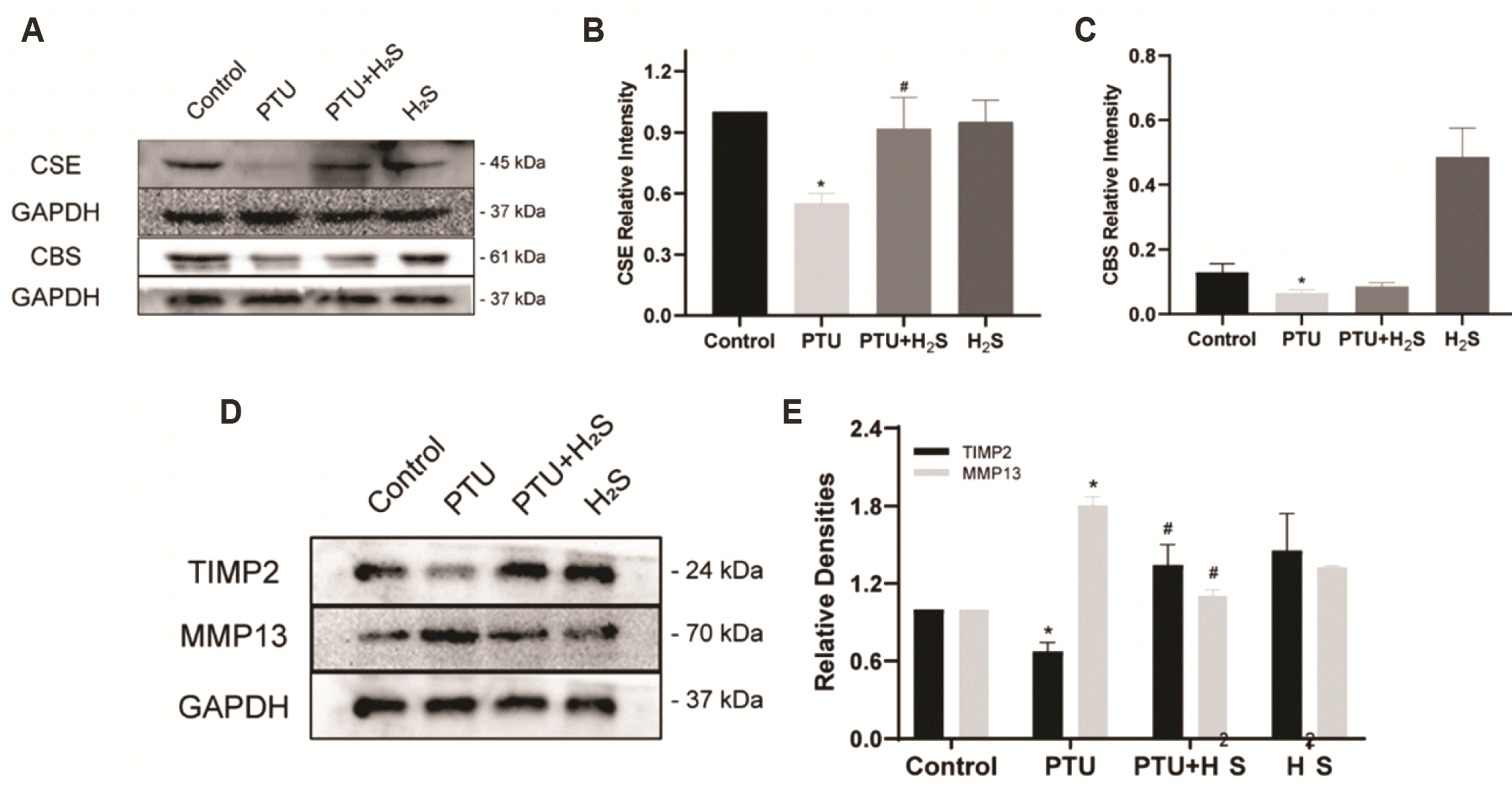10. Khalil H, Kanisicak O, Prasad V, Correll RN, Fu X, Schips T, Vagnozzi RJ, Liu R, Huynh T, Lee SJ, Karch J, Molkentin JD. 2017; Fibroblast-specific TGF-β-Smad2/3 signaling underlies cardiac fibrosis. J Clin Invest. 127:3770–3783. DOI:
10.1172/JCI94753. PMID:
28891814. PMCID:
PMC5617658. PMID:
https://www.scopus.com/inward/record.uri?partnerID=HzOxMe3b&scp=85030553538&origin=inward.
13. Baumgartner C, da Costa BR, Collet TH, Feller M, Floriani C, Bauer DC, Cappola AR, Heckbert SR, Ceresini G, Gussekloo J, den Elzen WPJ, Peeters RP, Luben R, Völzke H, Dörr M, Walsh JP, Bremner A, Iacoviello M, Macfarlane P, Heeringa J, et al. 2017; Thyroid function within the normal range, subclinical hypothyroidism, and the risk of atrial fibrillation. Circulation. 136:2100–2116. DOI:
10.1161/CIRCULATIONAHA.117.028753. PMID:
29061566. PMCID:
PMC5705446. PMID:
https://www.scopus.com/inward/record.uri?partnerID=HzOxMe3b&scp=85037357547&origin=inward.
16. Sun Y, Yao X, Zhang QJ, Zhu M, Liu ZP, Ci B, Xie Y, Carlson D, Rothermel BA, Sun Y, Levine B, Hill JA, Wolf SE, Minei JP, Zang QS. 2018; Beclin-1-dependent autophagy protects the heart during sepsis. Circulation. 138:2247–2262. DOI:
10.1161/CIRCULATIONAHA.117.032821. PMID:
29853517. PMCID:
PMC6274625. PMID:
https://www.scopus.com/inward/record.uri?partnerID=HzOxMe3b&scp=85056463995&origin=inward.
17. Éva Sikura K, Combi Z, Potor L, Szerafin T, Hendrik Z, Méhes G, Gergely P, Whiteman M, Beke L, Fürtös I, Balla G, Balla J. 2020; Hydrogen sulfide inhibits aortic valve calcification in heart via regulating RUNX2 by NF-κB, a link between inflammation and mineralization. J Adv Res. 27:165–176. DOI:
10.1016/j.jare.2020.07.005. PMID:
33318875. PMCID:
PMC7728582. PMID:
https://www.scopus.com/inward/record.uri?partnerID=HzOxMe3b&scp=85089007325&origin=inward.
21. Sciarretta S, Yee D, Nagarajan N, Bianchi F, Saito T, Valenti V, Tong M, Del Re DP, Vecchione C, Schirone L, Forte M, Rubattu S, Shirakabe A, Boppana VS, Volpe M, Frati G, Zhai P, Sadoshima J. 2018; Trehalose-induced activation of autophagy improves cardiac remodeling after myocardial infarction. J Am Coll Cardiol. 71:1999–2010. DOI:
10.1016/j.jacc.2018.02.066. PMID:
29724354. PMCID:
PMC6347412. PMID:
https://www.scopus.com/inward/record.uri?partnerID=HzOxMe3b&scp=85046540313&origin=inward.
26. Margariti A, Li H, Chen T, Martin D, Vizcay-Barrena G, Alam S, Karamariti E, Xiao Q, Zampetaki A, Zhang Z, Wang W, Jiang Z, Gao C, Ma B, Chen YG, Cockerill G, Hu Y, Xu Q, Zeng L. 2013; XBP1 mRNA splicing triggers an autophagic response in endothelial cells through BECLIN-1 transcriptional activation. J Biol Chem. 288:859–872. DOI:
10.1074/jbc.M112.412783. PMID:
23184933. PMCID:
PMC3543035. PMID:
https://www.scopus.com/inward/record.uri?partnerID=HzOxMe3b&scp=84872311621&origin=inward.
34. Su SA, Yang D, Wu Y, Xie Y, Zhu W, Cai Z, Shen J, Fu Z, Wang Y, Jia L, Wang Y, Wang JA, Xiang M. 2017; EphrinB2 regulates cardiac fibrosis through modulating the interaction of Stat3 and TGF-β/Smad3 signaling. Circ Res. 121:617–627. DOI:
10.1161/CIRCRESAHA.117.311045. PMID:
28743805. PMID:
https://www.scopus.com/inward/record.uri?partnerID=HzOxMe3b&scp=85026449025&origin=inward.
38. Xue H, Yuan P, Ni J, Li C, Shao D, Liu J, Shen Y, Wang Z, Zhou L, Zhang W, Huang Y, Yu C, Wang R, Lu L. 2013; H
2S inhibits hyperglycemia-induced intrarenal renin-angiotensin system activation via attenuation of reactive oxygen species generation. PLoS One. 8:e74366. DOI:
10.1371/journal.pone.0074366. PMID:
24058553. PMCID:
PMC3772925. PMID:
6fe2d37d566c4eecbdc1307bdd192d1b. PMID:
https://www.scopus.com/inward/record.uri?partnerID=HzOxMe3b&scp=84884160965&origin=inward.
40. Yuan P, Xue H, Zhou L, Qu L, Li C, Wang Z, Ni J, Yu C, Yao T, Huang Y, Wang R, Lu L. 2011; Rescue of mesangial cells from high glucose-induced over-proliferation and extracellular matrix secretion by hydrogen sulfide. Nephrol Dial Transplant. 26:2119–2126. DOI:
10.1093/ndt/gfq749. PMID:
21208996. PMID:
https://www.scopus.com/inward/record.uri?partnerID=HzOxMe3b&scp=79960002418&origin=inward.







 PDF
PDF Citation
Citation Print
Print


 XML Download
XML Download